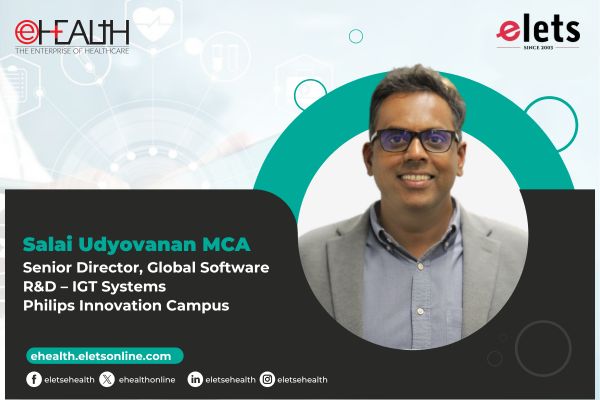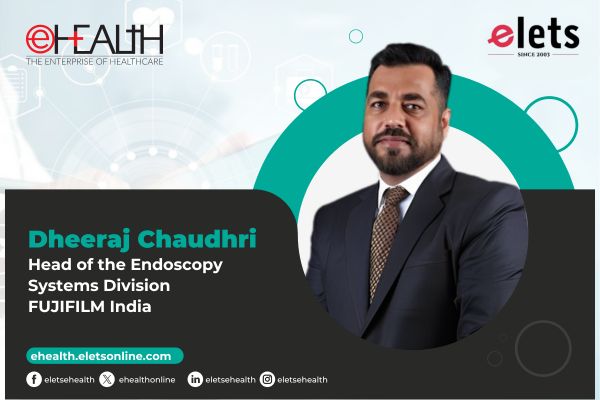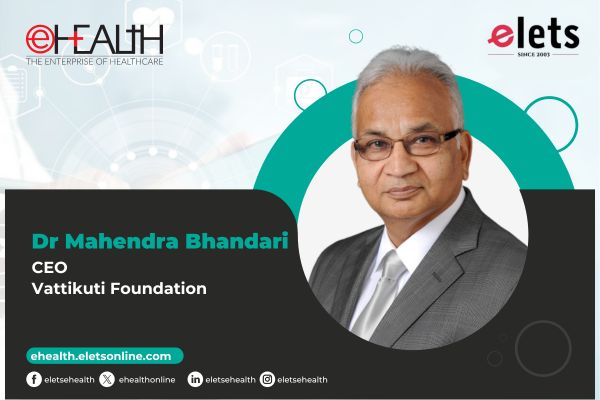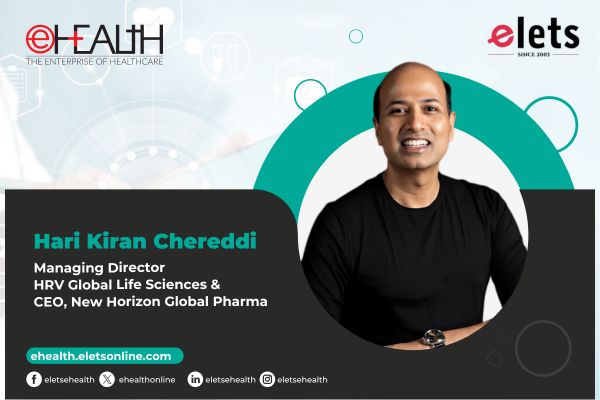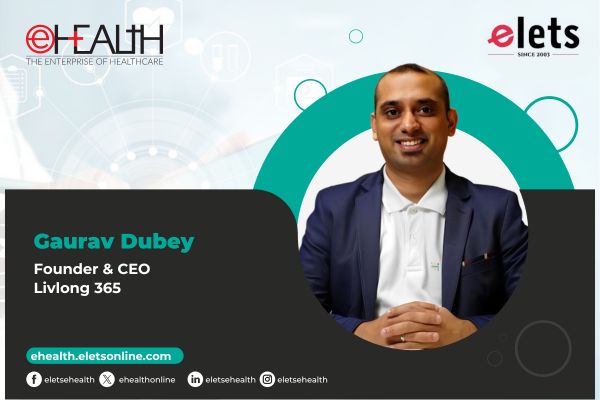
 Ashok Tiwari, Chairman and Managing Director, Vayam Technologies Ltd, talks to Monalisa, ENN, about the second phase of HMIS Project and role of IT in Public Healthcare
Ashok Tiwari, Chairman and Managing Director, Vayam Technologies Ltd, talks to Monalisa, ENN, about the second phase of HMIS Project and role of IT in Public Healthcare
A country with more than 1.27 billion population calls for a robust public healthcare mechanism, which is crucial for nation building. The fact that nearly 68 percent of the population reside in rural India makes it a herculean task by all measures. While sustained efforts by policy makers, officials, healthcare providers and field coordinators are continuing, it all boils down to the crucial link of information and data analytics.
Aimed with monitoring and uating the physical and financial performances of its health programmes, National Rural Health Mission (NRHM), under the Ministry of Health & Family Welfare had launched Health Management Information Portal in 2009 in collaboration with Vayam Technologies Ltd. The portal uses web-based Health Management Information System (HMIS) interface and generates periodic reports on the status of various important health indicators of the health sector.
Currently in its fifth year of implementation, HMIS is gearing up to for its second phase. In the last five years, HMIS has facilitated quick and efficient flow of information starting from the Facility-level, up to District, State and the Centre.

| Data Analysis Matters |
| The real power of collated data is unleashed only when it is accurately analysed. Data Warehouse and Business Intelligence (DWBI) is a part of HMIS which is used by key decision makers. Although the Minsitry has been using DWBI from the beginning, the second phase shall empower the State Health Departments with this tool. In order to analyse the impact of a particular scheme, you need data from primary as well as secondary sources. Primary data gives wisdom to react in the situation, whereas secondary data gives additional information needed for analysis and data triangulation explains Kapil Tyagi, Associate Vice President,Vayam Technologies Ltd.A system is needed whereby data from different silos “ those residing in your system and even those outside “ can be put in a warehouse. A single repository or data layer is created for the middle or top management to interact and do the analysis. Once this layer is prepared, DWBI tools can be implemented to generate , Standard Reporting as well as Ad Hoc Reporting. It also has Drill Down Capability, whereby one can dig deeper into details from the Centre Level to the Facility Level. DWBI also enables the user to apply statistics on the data, in case one wants to do forecasting or predict trends, says Tyagi. |
Phased manner
HMIS has enabled the policy makers to monitor the important health indicators like IMR, MMR, and Immunisation, etc in a better way, adopting a proactive approach in handlingthe delivery of health services using HMIS data. When you have access to real-time data and also have tools for data analysis, you can plan in advance, says Ashok Tiwari, Chairman and Managing Director, Vayam Technologies Ltd.
Earlier manual systems were used to record health records in hard copieswhich posed their own challenges such as time lag and manual errors. The project was rolled out in a phased manner, with pilot done on selected districts. The first step was to rationalise the data formats, remove duplication and freeze the formats. After that we developed the software that was hosted and then rolled out to district level. We monitored it for a year, after which we launched it across the nation, says Kapil Tyagi, Associate Vice President,Vayam Technologies Ltd. Over the years we have upgraded the application so that now it can be implemented to the Sub- District and Facility Levels as well. Today most states are reporting the data to the Facility Level, he adds.

Mindset change
Looking back at the journey, Ashok Tiwari recalls (the) many roadblocks that the project had to face. Change management is always a challenge. There were issues of adoption of technology at lower level, connectivity, bandwidth, etc. Also priorities were an issue. recalls the CMD. The real adoption of technology comes only when people realise that it is actually empowering them with the information on time. In NRHM, the realisation has come now. People have realised that the information that was earlier coming to them had a lot of missing links, but now its practically coming to them on a realtime basis. Thats a big empowerment which has happened, says the CMD. Manpower training is now a crucial aspect of our services. As solution integrator, we not only help implement an IT solution but also ensure that the application is utilised in its true spirit, he adds.

We are now upgrading the licenses that will give the State Health Departments access to Data Analytics tools. Also, Phase II will see adoption of Geographic Information System,

Second innings
The first phase really helped the government officials to finalise their data formats. Vayam Technologies is now working with NRHM on the second phase of HMIS which is likely to be rolled out shortly. We are now upgrading the platform that will give the State Health Departments access to Data Analytics tools of HMIS that were till now residing only with the Central Ministry, informs the CMD. Earlier, states were reporting data and the center was publishing analytical reports Moreover, Phase II will see implementation of GIS, so that the data will be available to the management for spatial analysis as well, he adds.
Though some amount of analytics was introduced in the first phase, you will see much more refined outcome of analytics in this second phase. Data analytics was always there. But once you create a layer of GIS, then the look and feel of the analysed information is far more user-friendly. It builds additional information, which is perceptible and that makes all the difference, says the CMD.
The pace of growth of Health IT in rural healthcare is not as it should be, but it is definitely growing. The best thing is that with field data capture, the rural masses are made aware of their rights and entitlements. This awareness is an effective tool of empowering them and that itself becomes a catalyst for change, says the CMD.
Be a part of Elets Collaborative Initiatives. Join Us for Upcoming Events and explore business opportunities. Like us on Facebook , connect with us on LinkedIn and follow us on Twitter , Instagram.
"Exciting news! Elets technomedia is now on WhatsApp Channels Subscribe today by clicking the link and stay updated with the latest insights!" Click here!







